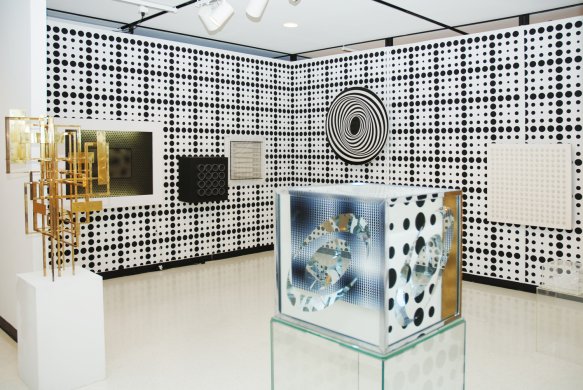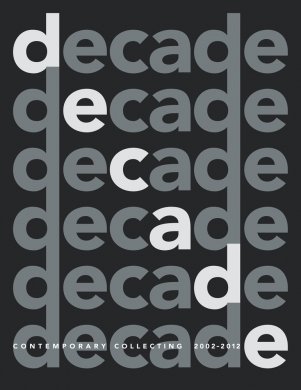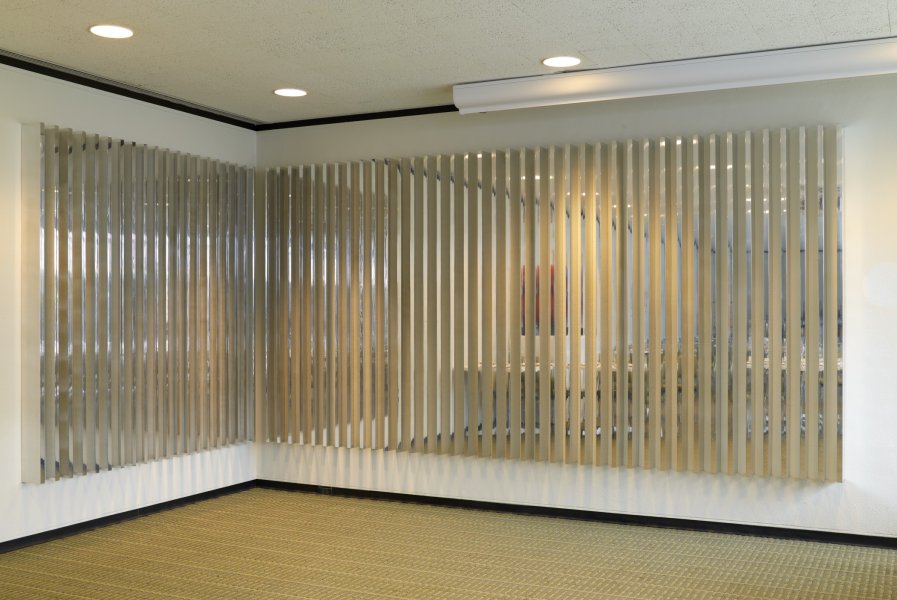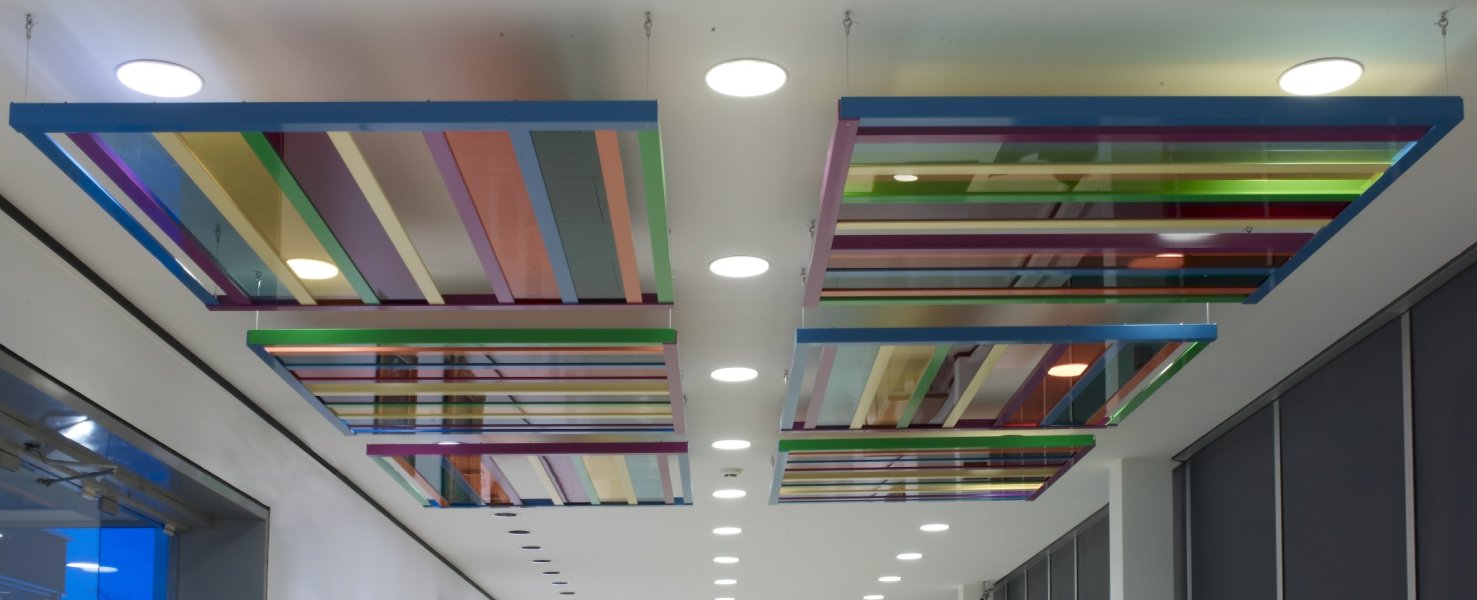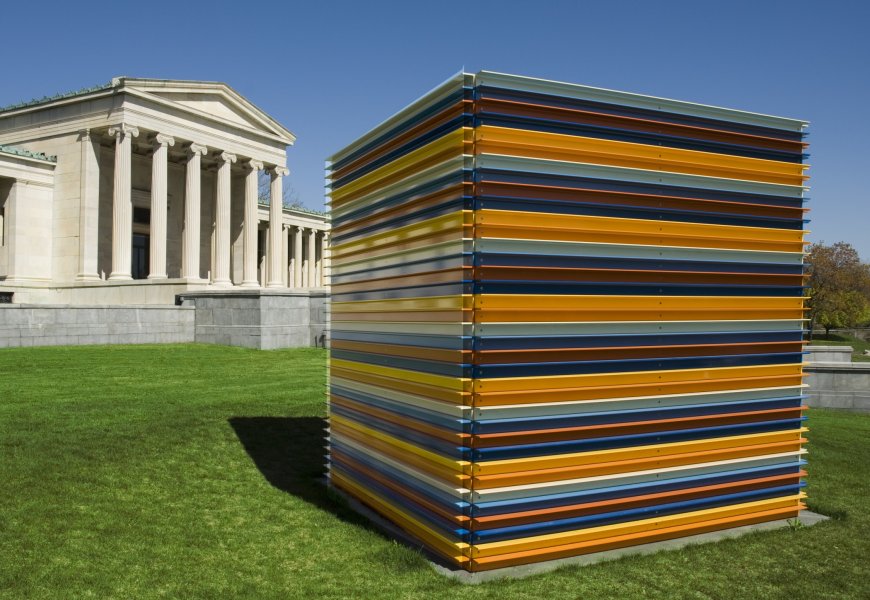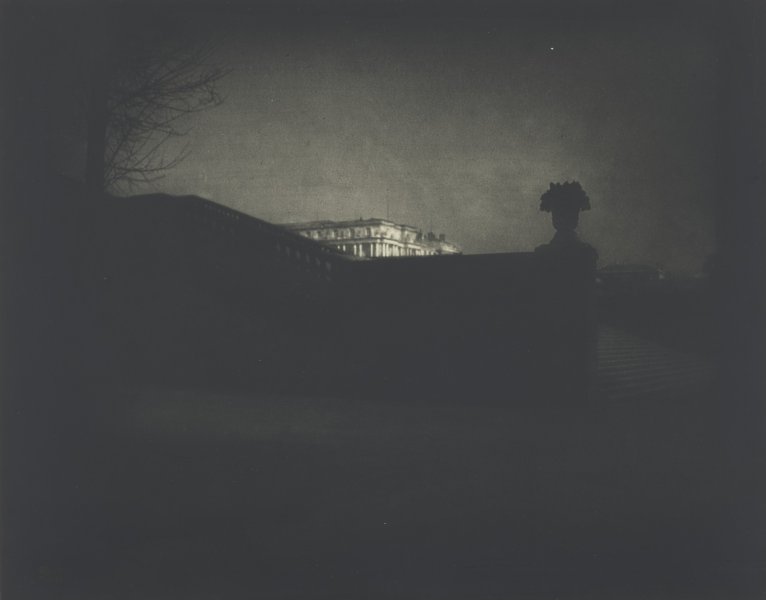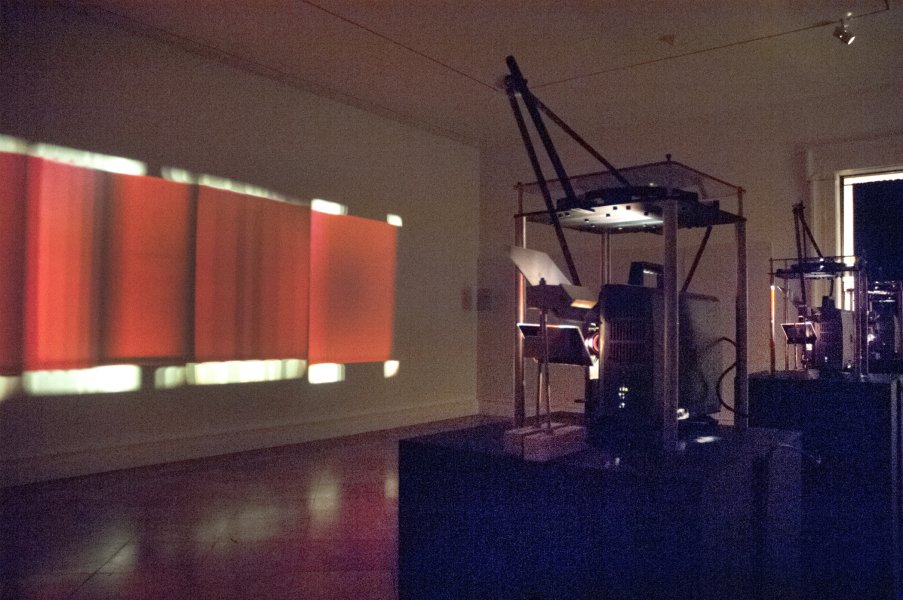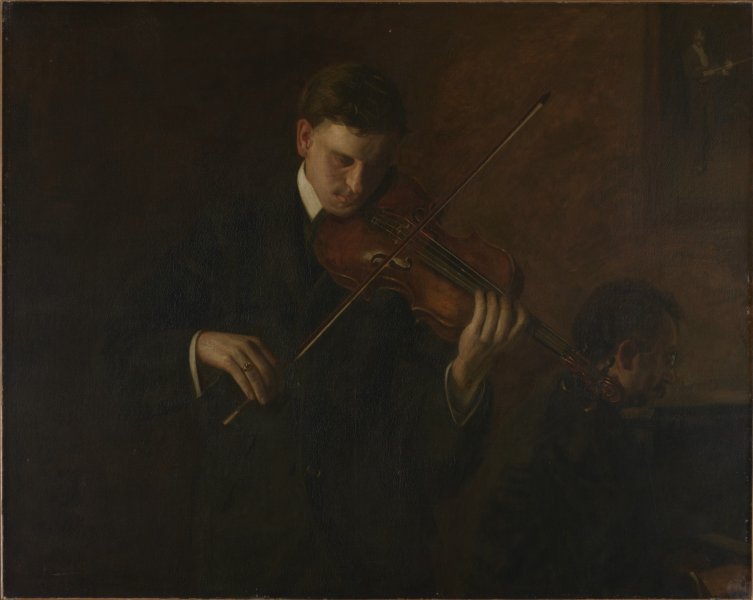Liam Gillick
British, born 1964
Localised Discussion Screen, 2001
Artwork Details
Materials
aluminum and Plexiglas
Measurements
overall: 96 x 144 x 12 inches (243.84 x 365.76 x 30.48 cm)
Collection Buffalo AKG Art Museum
Credit
James G. Forsyth Fund, 2003
Accession ID
2003:14
Liam Gillick is as much a maker of objects as he is a theoretician, writer, and teacher who has worked widely in the fields of design and architecture. Born in England in 1964, he studied at Goldsmiths College in London before moving to New York City. It is difficult to separate Gillick’s artworks from his complex and ongoing intellectual exploration of the interaction of social, moral, political, and ideological forces in the environment. From corporate office suites to communes, bars, and lobbies, he investigates the semiotics of architecture in fictional yet non-narrative essays and books, installations, and objects such as this one.
With Localised Discussion Screen, Gillick has appropriated the forms of corporate office architecture. Although the work alludes to the soundproof barriers used to separate office cubicles, its title suggests that the artist intends that it encourages communication, not limit it. The asymmetrical and elegantly balanced linear composition also recalls early modern art and architecture associated with such utopian movements as the de Stijl group in The Netherlands. Recently Gillick’s critique of the ways in which capitalism and corporate culture shape the environment has focused on the legacies of such communal and socialist thinking. His sculptures and installations are visual expressions of this broad-based theoretical analysis of the ways in which ideology is manifested in architecture and how, in turn, architecture affects social interaction.
Object label from a 2007 installation





